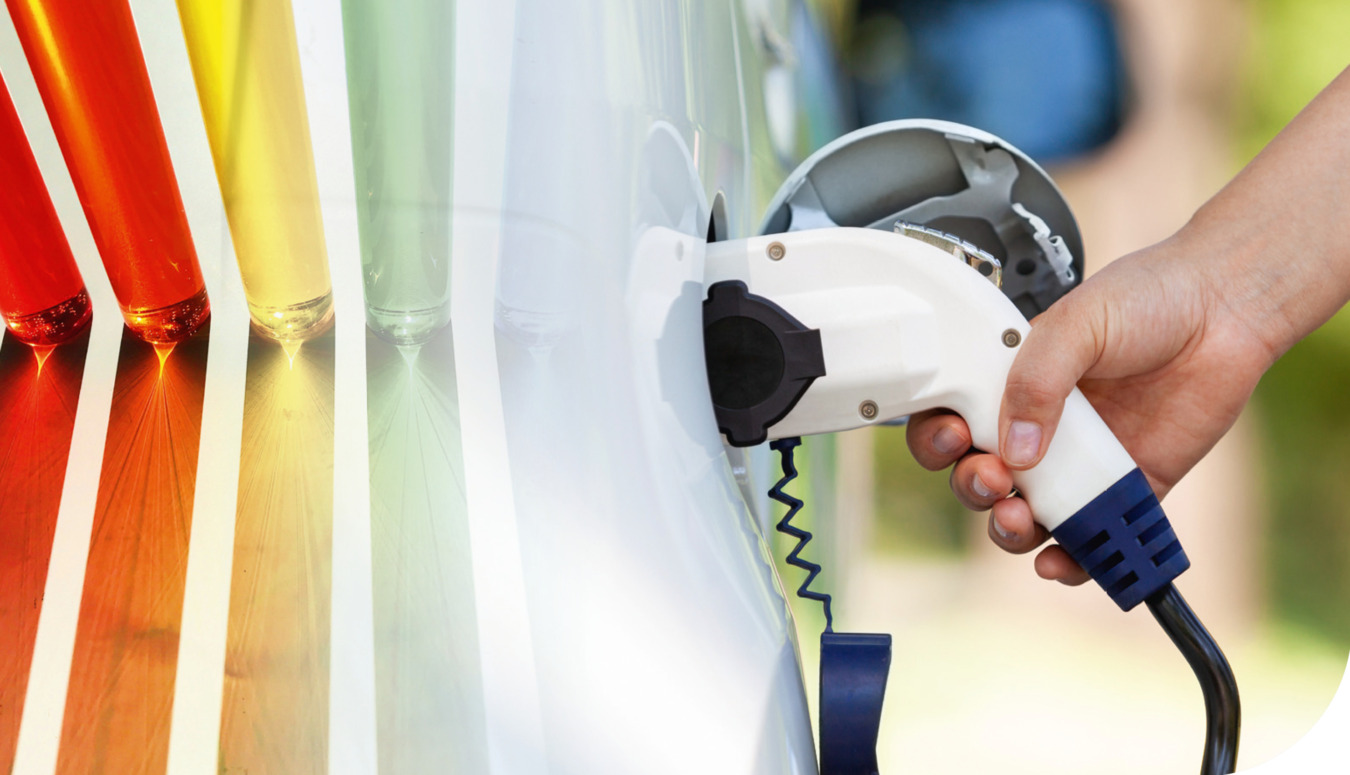Learn how to capture the solubility and crystallization of coloured compounds to advance your research
The electric vehicle (EV) market is experiencing rapid growth in recent years, with global sales reaching 450,000 and expected to increase to 8.5 million by 20251 despite the overall drop in car sales. Adoption of EV’s is now seen as a key factor in reducing greenhouse gas emissions from the transport sector.
A key component in EV’s are lithium ion batteries (LIB). However, they can account for up to a third of an EV’s greenhouse gas emissions. Therefore, significant research is being done to improve the specific energy of LIB as well as metal recovery from spent LIB to improve the overall cost and environmental impact of EV’s.
As part of these studies, solubility is an important property used in the designing and optimizing of a recovery process. What is also crucial is to be able to collect clear and cloud points in the coloured and darker samples.
The Crystal16 and Crystalline both make solubility measurements using LED light to measure transmissivity and detect phase transformations. Using the Crystalline's high resolution camera and new particle detection it is now possible to collect clear and cloud points in coloured and darker samples, which was previously a challenge.
Content overview:
- Solubility: what it is and how to measure it
- Case study: Coloured salts
- Expriment with copper sulfate
- Experiment with nickel sulfate - Conclusions
